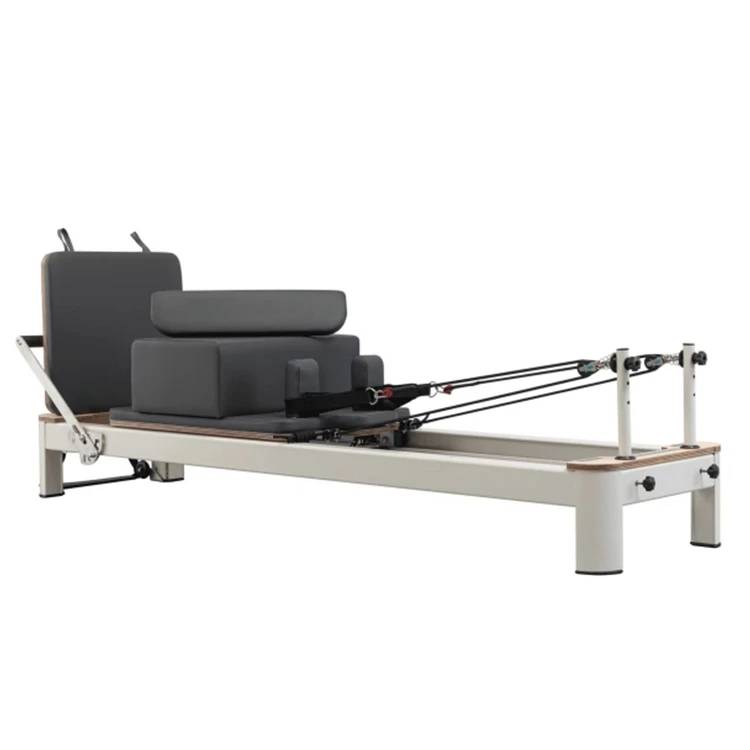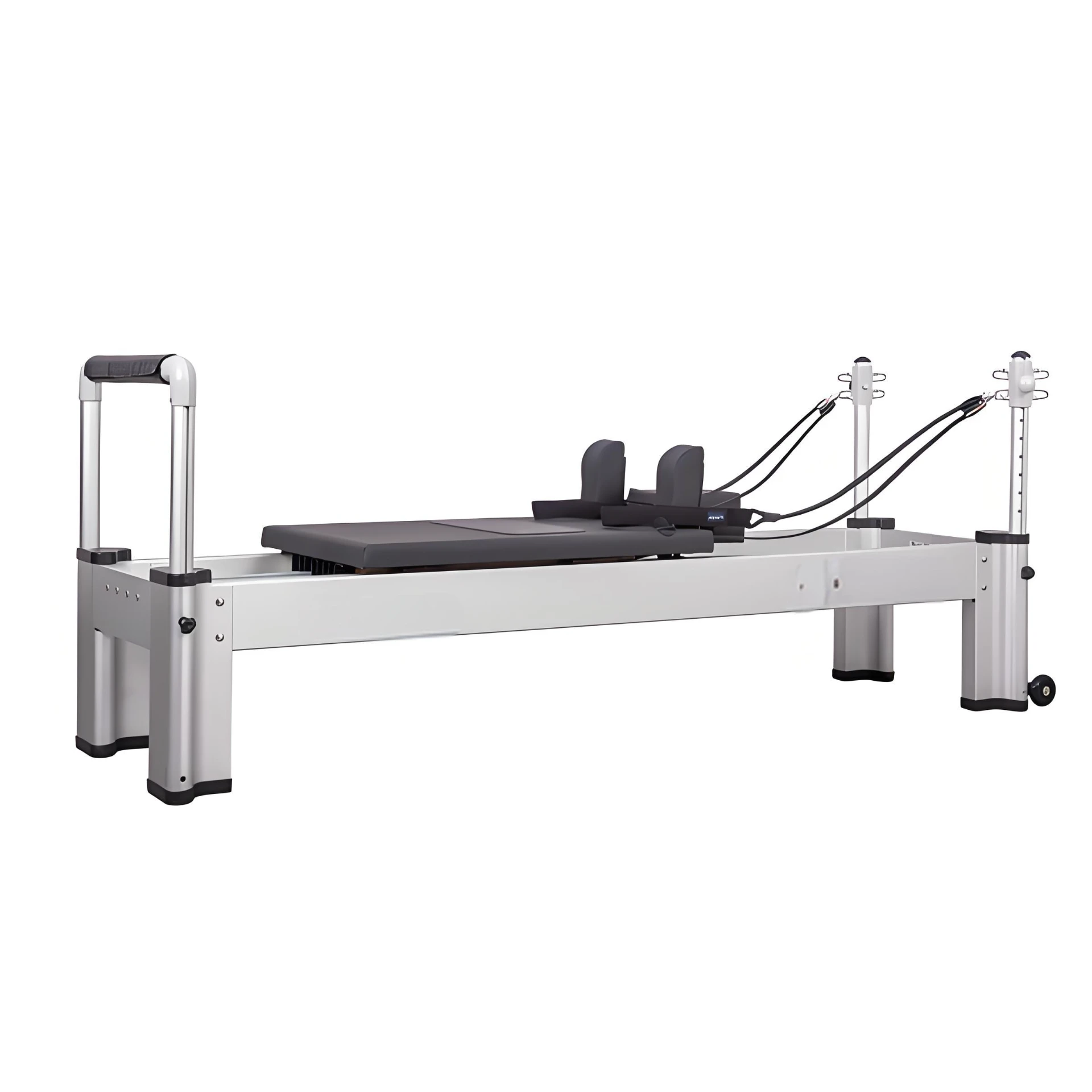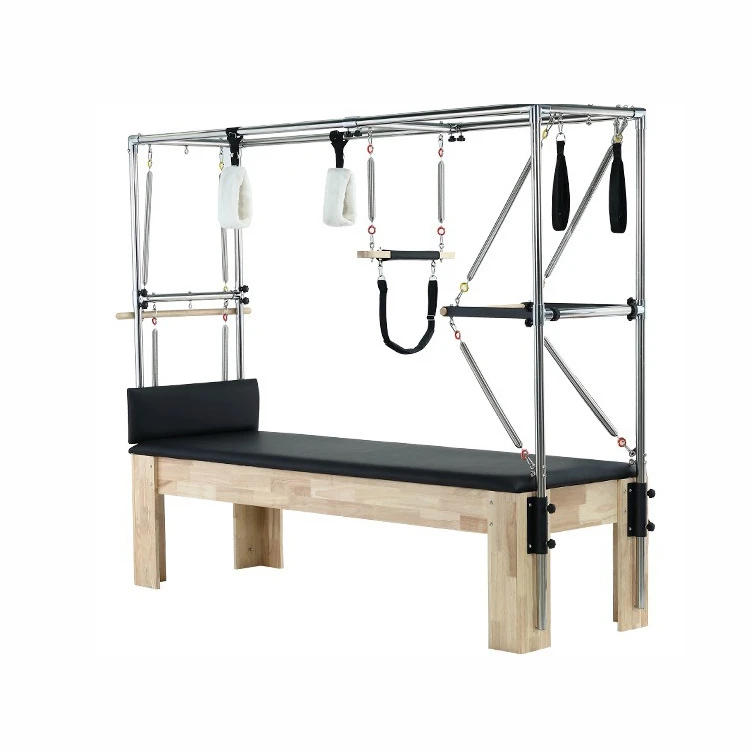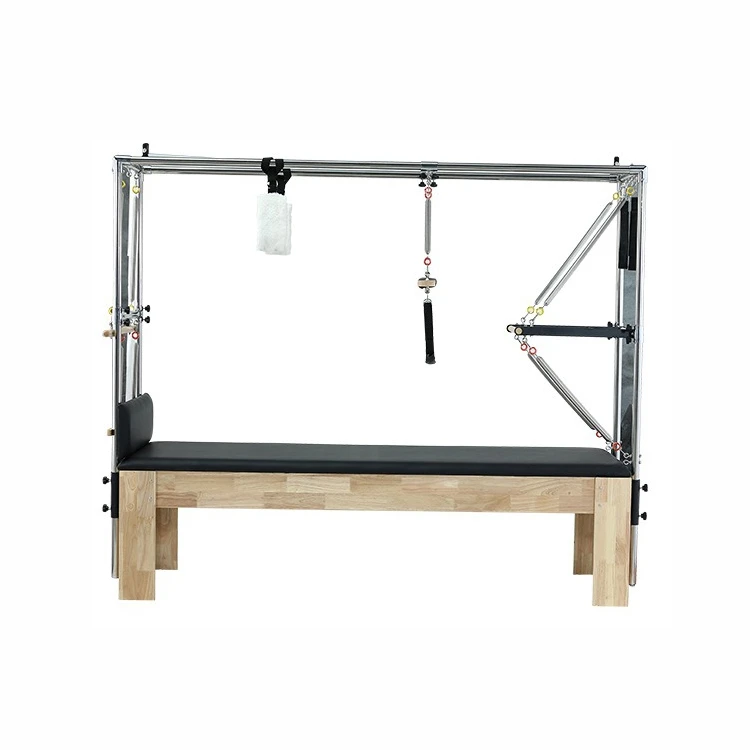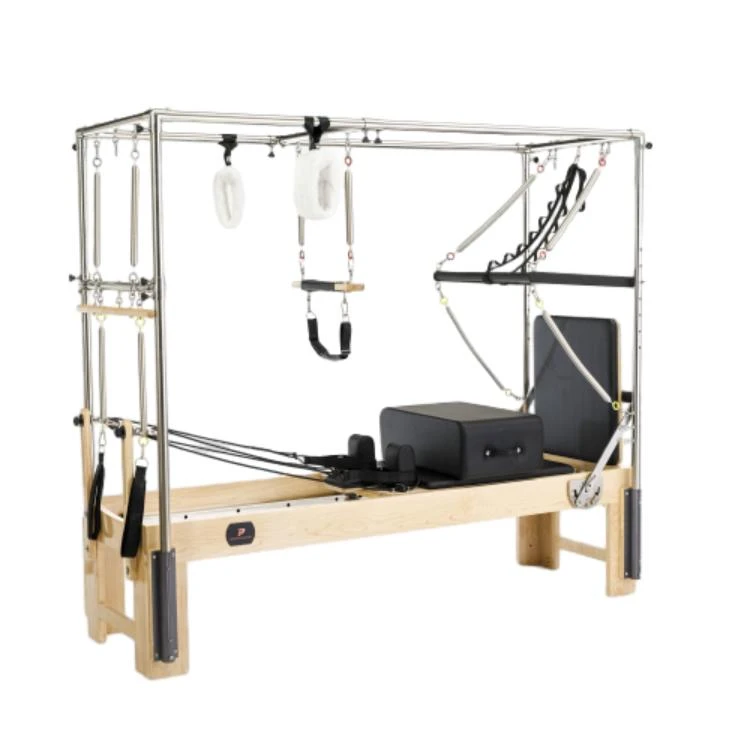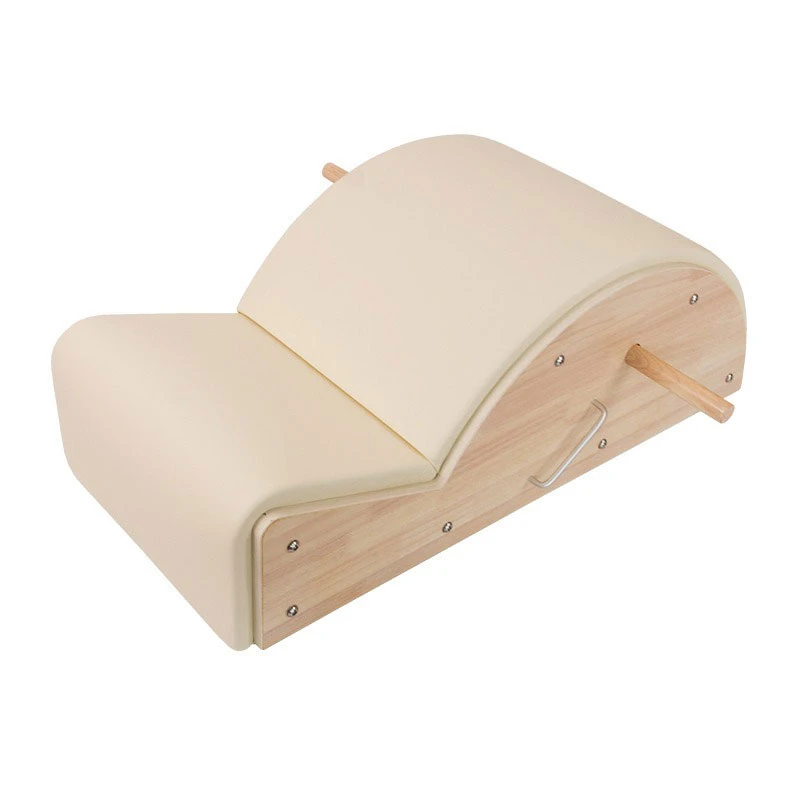Pilates Reformer Dimensions in Rehabilitation Settings
For rehabilitation centers and healthcare facilities, selecting equipment with the right Pilates reformer dimensions ensures safe, effective patient care. Understanding how Pilates reformer size, pilates box dimensions, and dimensions of Pilates reformer machines align with clinical needs is critical for bulk procurement. This article explores how tailored equipment specifications enhance therapeutic outcomes while optimizing space and functionality in wholesale orders.
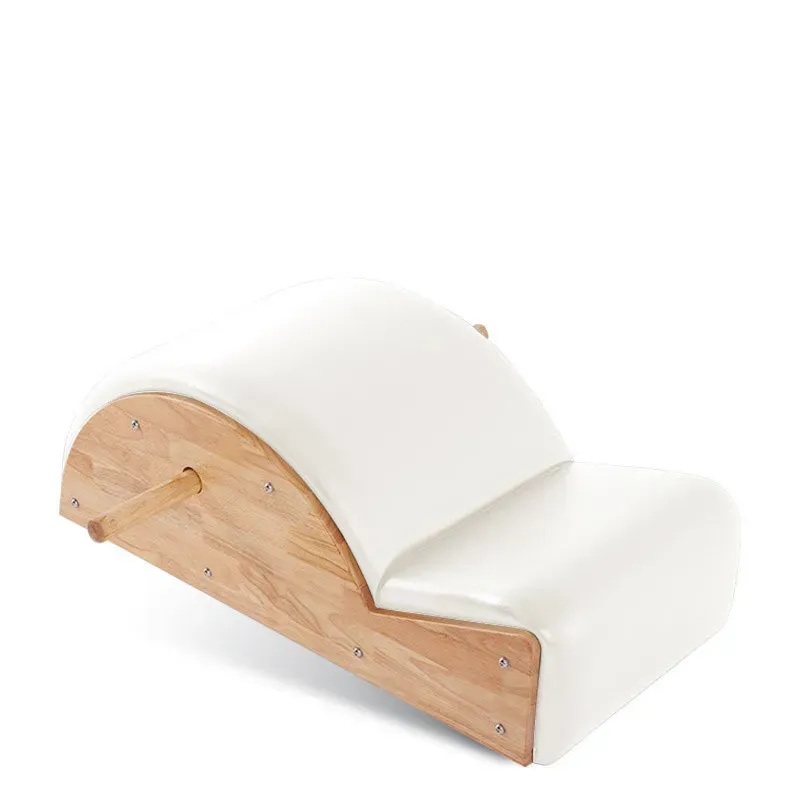
Optimizing Pilates Reformer Size for Clinical Rehabilitation Spaces
The Pilates reformer size directly impacts usability in rehabilitation environments. Compact reformers suit smaller therapy rooms, while larger models accommodate taller patients or complex movements. For wholesale buyers, offering modular designs ensures adaptability across diverse facilities. Adjustable footbars and shoulder rests, paired with precise pilates reformer machine dimensions, enable customization for patients with limited mobility. Bulk orders should prioritize lightweight frames for easy repositioning, ensuring therapists maximize workspace efficiency without compromising durability. By focusing on versatile Pilates reformer size options, suppliers can cater to clinics needing equipment that transitions seamlessly between pediatric, geriatric, and post-surgical rehabilitation programs.
Standardizing Pilates Reformer Dimensions for Bulk Facility Needs
Uniform Pilates reformer dimensions streamline training and maintenance in multi-location rehabilitation centers. Standardized frames ensure compatibility with accessories like jumpboards or traction straps, simplifying bulk procurement processes. For wholesale buyers, verifying that dimensions of Pilates reformer machines include integrated storage solutions reduces clutter and enhances workflow efficiency. Rehab-specific models often feature ergonomic designs tailored for safer patient transfers, making them ideal for high-traffic clinical environments. Bulk purchasers should prioritize equipment that aligns with universal design principles, ensuring seamless integration with other therapeutic tools such as parallel bars or hydrotherapy systems. This approach minimizes training time for staff and maximizes patient safety across facilities.
Enhancing Therapy with Versatile Pilates Box Dimensions
The pilates box dimensions play a pivotal role in rehabilitation exercises, offering support for seated stretches, balance drills, and dynamic movements. For wholesale orders, dual-purpose boxes with reversible cushions provide flexibility for diverse therapeutic applications. Lightweight yet durable materials ensure longevity in clinical settings, while ergonomic shapes enhance patient comfort during prone or supine positioning. Pairing these boxes with reformers that feature stable carriage designs ensures smooth transitions between exercises. Bulk buyers should prioritize kits that include multiple box sizes to address varying patient needs, from post-surgical recovery to neurological rehabilitation. By emphasizing adaptable pilates box dimensions, suppliers can support clinics in delivering personalized care without requiring extensive equipment inventories.
Balancing Pilates Reformer Machine Dimensions with Patient Safety
Safety-driven pilates reformer machine dimensions are non-negotiable in rehabilitation settings. Carriage designs that provide ample space for movement without sacrificing control are essential for minimizing injury risks. Wholesale models should incorporate non-slip surfaces, padded components, and ergonomic heights that align with clinical treatment tables. Bulk purchasers must ensure compliance with accessibility guidelines, such as adequate clearance around equipment for wheelchair users or therapists assisting patients. Low-profile reformers improve accessibility for individuals with mobility challenges, making them ideal for facilities focused on inclusive care. By prioritizing pilates reformer machine dimensions that prioritize safety and accessibility, suppliers empower clinics to create environments where patients feel secure while progressing through their rehabilitation journeys.
FAQs: Addressing Key Concerns About Pilates Reformer Size and Dimensions
How do Pilates reformer dimensions affect patient therapy outcomes?
Proper dimensions of Pilates reformer machines ensure exercises are performed with correct alignment, reducing strain and improving mobility. Designs that prioritize stability and adjustability enable therapists to tailor workouts to individual patient needs, enhancing recovery efficiency.
Can pilates box dimensions be customized for bulk orders?
Yes. Wholesale suppliers often offer tailored pilates box dimensions to match specific rehabilitation protocols. Customizable heights, widths, and materials allow clinics to address unique patient requirements, such as spinal stabilization or joint mobility exercises.
What Pilates reformer size is ideal for pediatric rehabilitation?
Compact reformers with adjustable resistance systems are preferred for pediatric use. These models pair well with smaller pilates box dimensions to ensure safety and scalability for younger patients, supporting exercises that improve coordination and strength.
Are there space guidelines for pilates reformer machine dimensions in clinics?
Facilities should ensure ample clearance around equipment for safe movement and therapist assistance. Standardized pilates reformer machine dimensions help clinics plan layouts that optimize workflow while adhering to safety regulations.
Q: Do dimensions of Pilates reformer machines impact long-term durability?
A: Absolutely. Commercial-grade reformers with robust frames and high-quality upholstery withstand daily use in rehabilitation settings. Bulk buyers should prioritize dimensions of Pilates reformer machines that balance structural integrity with ergonomic design for lasting value.
Latest news
-
Pilates Spine Corrector: Benefits & UsesNewsAug.08,2025
-
Pilates Props & Accessories: Enhance Your Workout ExperienceNewsAug.08,2025
-
Pilates Chair: The Ultimate Fitness Equipment for Strength and FlexibilityNewsAug.08,2025
-
Pilates Cadillac: The Ultimate Tool for Advanced Pilates TrainingNewsAug.08,2025
-
Pilates Apparatus for Sale: A Comprehensive Buying GuideNewsAug.08,2025
-
Pilates Equipment Guides & Comparisons: Elevate Your Fitness Business with Barrel Chair PilatesNewsAug.08,2025
- Address
- Room 1601, 1302, Building A, Zijingguandi, Qiaodong District, Xingtai City, Hebei Province, China
- Sandra@raetin.com
- Phone
- +86 18231139331

